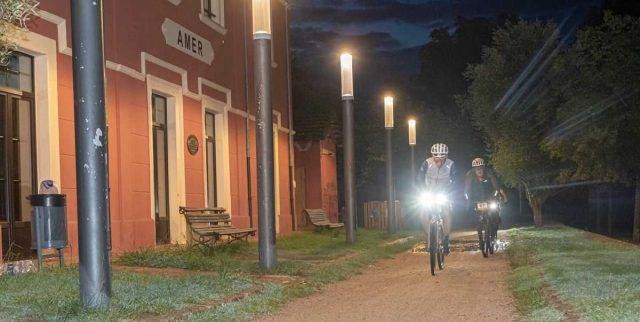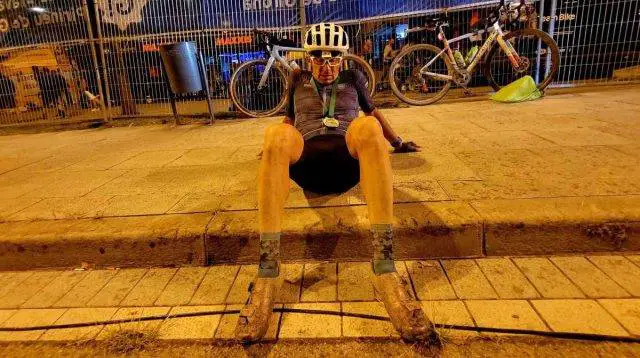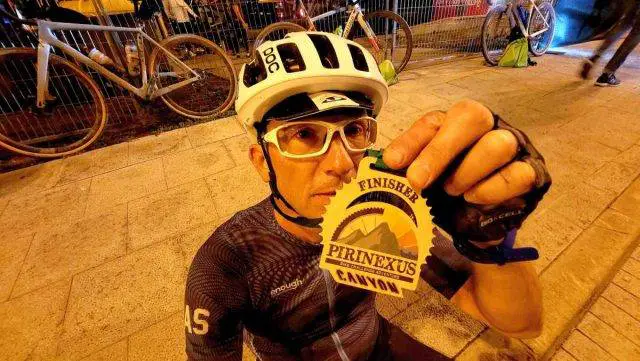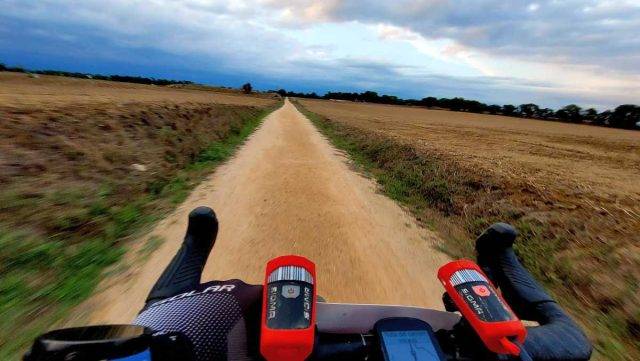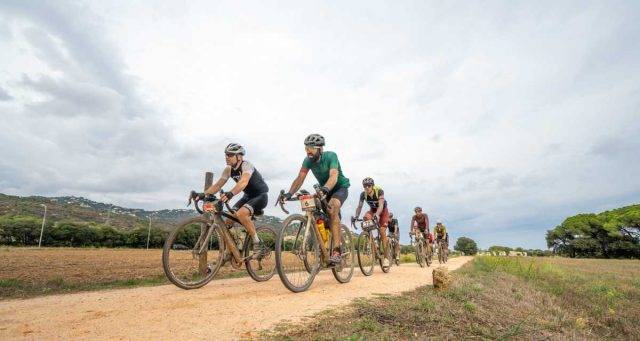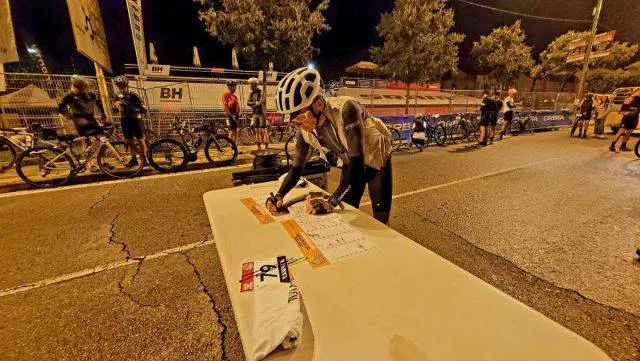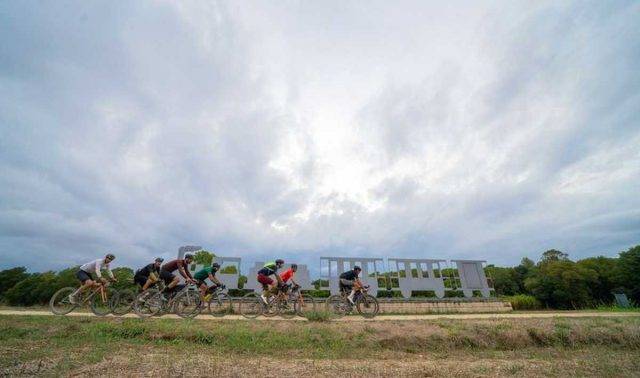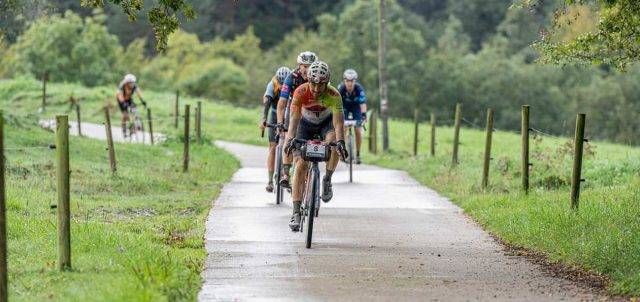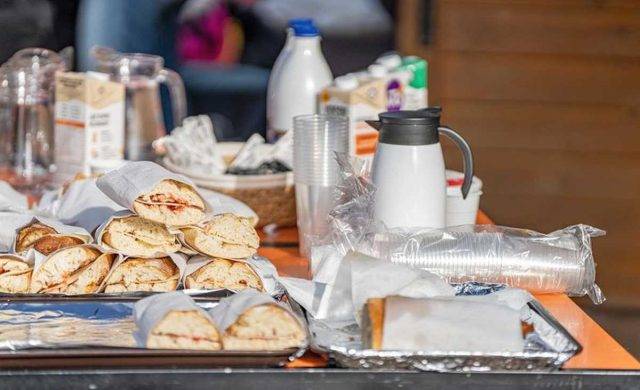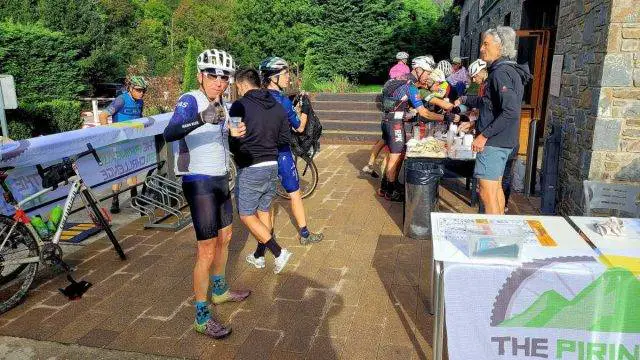The 2022 Sea Otter Festival in Girona, Spain, expanded to feature seven bike races, including the long-distance gravel ride, the Pirinexus Challenge. When Jordi Cantal traversed the Pirinexus route of 340km in the Summer of 2014, he did not know that at the end, deep in the night, he would have created a new challenge that has already become a legend.
Participants have until midnight to complete a route that takes in all types of terrain. Any time of bike is welcome, although the most appropriate and probably numerous, are gravel and cyclocross bikes. The course leaves the seaside and roams inland into the regions of Girona following the course of the Ter river up to the Colomers dam. Once there, the course swings left towards Les Gavarres mountains.
The course then runs along the crest of the mountain in an easterly direction, enjoying views of the El Gironès and L’Empordà regions whilst surrounded by cork oaks. All the tracks are in very good condition and of low technical difficulty. In 2015, Jordi Cantal turned the event into a race, which has been held every since, except for 2020 due to Covid. What makes this event so special is the multiple landscapes you experience in just one day: The Pyrenees mountains, The Empordà, and the Costa Brava. Most participants don’t think of this event as a race, but rather a personal challenge where first and last finishers, are just as important. For the 2022 edition, almost 100 participants were at the start in Girona on September 24th, 2020. Three professionals from the Movistar team also joined in the fun, Carlos Verona, Ana Dillana, and Hayley Simmonds.
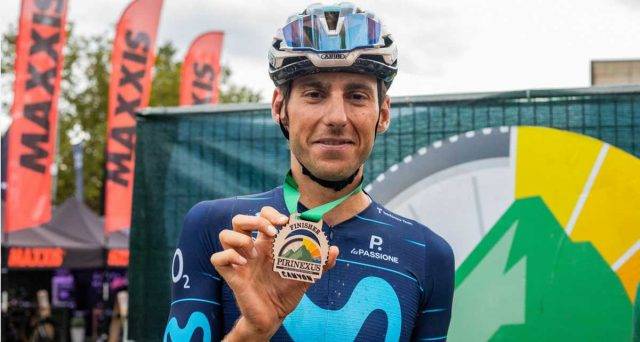
The night before the event there was heavy rain and some thunderstorms. This didn’t prevent the ride from starting at 6am sharp in the dark in the dark. On a gravel track “Via Verde”, formerly a railway line now a cycle path, deep puddles led to wet feet for 62km towards Olot. Soon after, the first of several long climbs began. In just 11 kilometers, we were over 1,000 meters above sea level, and surrounded by morning fog. This was followed by a quick descent into the valley and the first feed station in Camprodon after 91 kilometers. Next on the agenda was the longest climb over the Pyrenees. After more than 13 kilometers, the borders of France were reached. An ice-cold wind was blowing but the views were fantastic. During the long descent that followed, the temperatures began to warm, and we continued towards another former railway line now cycle path track, that ran parallel to a river.
The second crossing of the Pyrenees in the direction of the Spanish border followed a narrow paved path that was covered in loose gravel. Once at the summit, we rolled along a bumpy trail to the second feed station in La Jonquera. Pasta and Coke awaited the battered gravel cyclists. Just one climb remained but featured some very steep ramps. After the descent, the wind picked up naturally, it was a block headwind.
The remainder of the course was fast gravel tracks in the direction of the sea at St. Antoni de Calonge, the site of the last feed station. From this point, about 40 kilometers remained to the finish in Girona. Some 334 kilometers later and almost 3,300 meters of ascending, the fastest finish crossed the line at 12 hours and 28 minutes. The last finishers arrived just before 1.a.m. to after almost 19 hours in the saddle.
The organizer Jordi Cantal plans to hold the Pirinexus Challenge in September 2023.
Timo’s track – https://www.komoot.de/tour/934483365. Photos by Timo Rokitta, Mandy Rodriguez, and The Pirinexus Challenge.
Additional Photos
